Commentaries

Why research funders, institutions and academics need to frame research agendas that are locally responsive
Samuel Laryea (University of the Witwatersrand) considers the contribution of researchers in developing countries to the discourse in Q1 journals. Common themes are evident in both developed and developing regions. However, publications from African countries appear to only partially address prevalent issues in the region, with limited publications that explore local contexts.
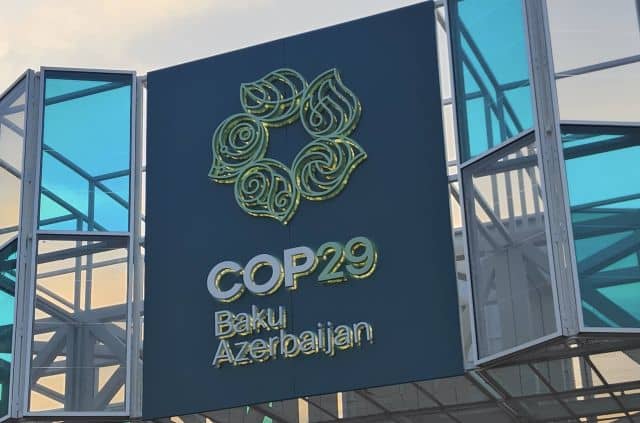
Highlights from the 2024 COP29 conference in Baku
Matti Kuittinen (Aalto University) reflects on the UN's 29th Climate COP, leaving a sense of disappointment and frustration among delegates and observers. The event yielded a commitment of only $0.3 trillion for climate funding, falling drastically short of the $1.3 trillion requested by developing nations. COP29 saw the broader recognition of the role of the built environment - including the launch of the International Council for Buildings and Climate (ICBC).
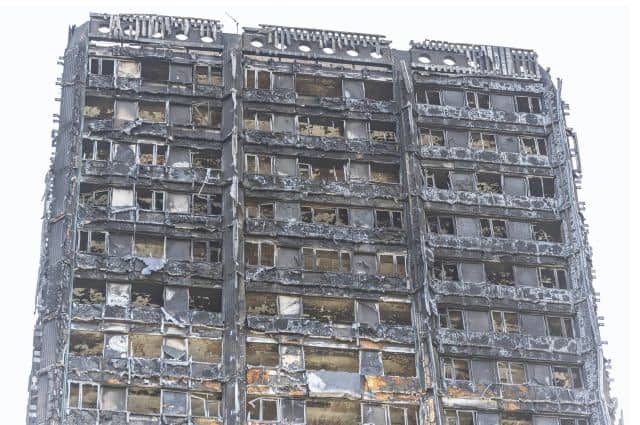
Why developers and professionals need to take more responsibility.
The discovery, after the Grenfell Tower fire disaster in 2017, that hundreds of blocks of flats in the UK had been clad in flammable cladding raises serious questions about the competency of the developers of flats and the legal and regulatory environment in which they operate. Bernard Rimmer (formerly a director of engineering companies and also University of Reading) explains the conditions that allowed developers to create unsafe buildings, and proposals are made to require developers to design and construct to higher standards and to take full responsibility for the safety, durability and performance of the buildings they produce.

It's B&C's 5th year of publication. Celebrate with us by reading these thought-provoking essays.
These commissioned essays from Buildings & Cities' authors and readers explore how the research landscape is changing. New essays are continuously being added to the collection during 2024 as part of B&C's anniversary.
Collectively, these essays offer fresh insights into the processes and issues that are currently inadequate or missing in the built environment research landscape. A wide perspective from different disciplines and geographies creates a positive, collective vision for shaping the research agenda. Recommendations are made for what needs to change.
We hope this will provoke and inspire research funders, researchers and other stakeholders to discuss, reflect and act. Ideas range from systemic change to key research questions to improving engagement to change of focus.

Challenges ahead: why urban planning and urban design need robust quantitative evidence for decision making.
While some progress has been made, particularly in areas like healing architecture where the impact of design on human well-being is more directly observable, much work remains to be done to extend evidence-based design to broader fields of architecture, urban planning and design. Meta Berghauser Pont (Chalmers University of Technology) explains the challenges and pathways needed for a shift toward evidence-based design in urban planning and urban design.
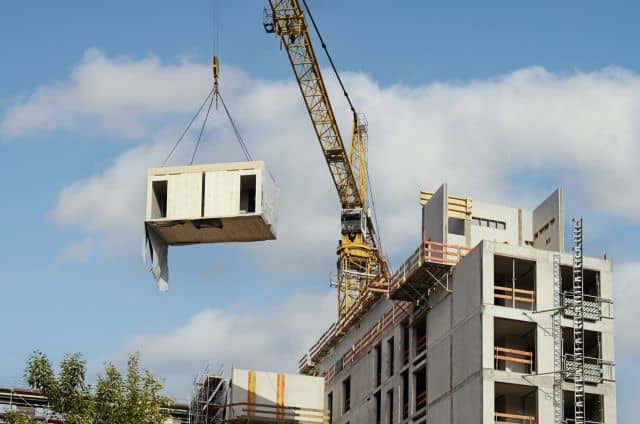
Challenges ahead: why robust research and education can help drive the necessary changes in regulating construction products to meet society's demands
Mustafa Selçuk Çıdık (University College London) considers the crucial role that research and higher education need to play in generating evidence and knowledge to shape the complex landscape of construction product regulations, particularly in relation to innovation, safety and performance. Independent, robust research and clear guidance are needed to ensure public safety, technological progress and sustainability. In addition, higher education must prepare future professionals to work within, and critically challenge, these regulatory frameworks.

Challenges ahead: collecting, managing, integrating and sharing comprehensible findings on actual performance from cradle to grave
Adrian Leaman (Usable Buildings) reflects on the Probe research project, drawing lessons for the architectural and building research challenges ahead. He advocates practice-based, real-world, case-study research with a positive commitment of all concerned to qualitative improvement for the public and private good using a more engaged professional support system.

Challenges ahead: how the recent past is shaping the research agenda
Over the last five years, the word 'emergency' has been a recurrent term in different domains of human culture and activities. However, this is more than a grim picture on the many critical issues that our societies nowadays need to face. Sergio Altomonte (Université catholique de Louvain) offers a positive interpretation of this state of 'emergency', moving forward from its common understanding as 'an unexpected and difficult or dangerous situation […] which requires quick action.'
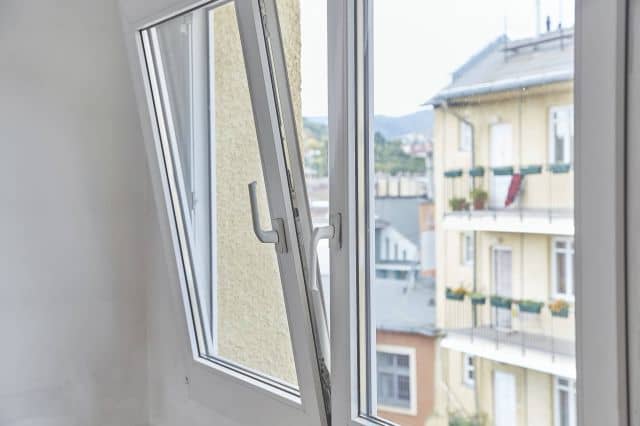
Challenges ahead: research has a role to protect the public interest and inhabitants
Susan Roaf (Heriot-Watt University) explains why the building regulatory system is not fit for purpose. Regulations fail to protect the safety, well-being and financial health of inhabitants from both regular occurrences and extreme events. Evidence from research about the safety and performance of buildings needs to form the basis for new regulations.

Challenges ahead: Making the UN's Building Breakthrough a reality
Usha Iyer-Raniga (RMIT University) explains why a systemic and systematic approach is urgently needed to put the built environment on the right path to decarbonization, whilst recognizing countries are at different levels of progress. The UN's Building Breakthrough agenda for a whole life cycle approach to the built environment and decarbonization is a game changer. This can place buildings and construction in a critical pathway towards decarbonisation and align with the long-term impact of decisions made today.

Challenges ahead: how the conduct of research needs to change
The emergence of scientific discovery at the interface of disciplinary fields is not necessarily driven by the academic system - rather, discovery happens despite it. Marilyne Andersen (EPFL) considers the paradoxical characteristics of interdisciplinarity, that is both declared as a needed research approach but is also rarely recognised as an asset in academic practice. In a landscape of conflicting objectives, built environment research may have something unique to offer to the question of academic interdisciplinarity.

Challenges ahead: why relational research is vital for society and reduces dysfunction and disaster
Sarah Darby (University of Oxford) reflects on relationality and why it matters, urgently. This is based on insights from two events from the same day, in September 2024. One was a family rite of passage; the other, publication of a report into the causes of a wholly avoidable disaster, the destruction by fire of a block of social housing. The case for researchers working with practitioners and developing a common language has never been stronger.
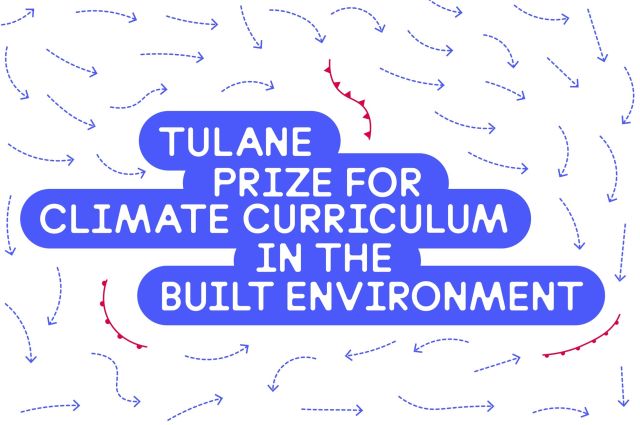
Challenges ahead: the curriculum in many US built environment courses needs to change
Jesse M. Keenan (Tulane University) comments on the growing disconnect between climate change research and education in the built environment in the United States. Changes to the curriculum and pedagogy have been slow and students lack appropriate knowledge and skills in several key areas for both mitigation and adaptation. The launch of the Climate Syllabus Bank and the Tulane Prize in Climate Change Curriculum in the Built Environment by the Center on Climate Change and Urbanism at Tulane University are steps intended to foster the needed changes to the delivery of a curriculum for built environment students that integrates climate issues.

Message to COP29: more effective collaboration is essential
The GHG emissions reduction efforts of governments, industries and societies continue to fall short of what is needed. Responsible researchers recognise the critical role of the built environment to meet this challenge and the consequences of climate change. We need to partner with those at the forefront of decision making affecting the building, construction and real estate sector. Interdisciplinary research and transdisciplinary innovation are needed more than ever to support the decision making and practical action of every stakeholder in the sector, especially those shaping the policy landscape.

Demolition has far-reaching consequences for people, nature and the climate. When is demolition and rebuilding appropriate?
Colin Rose (University College London) reflects on the recent Buildings & Cities special issue 'Understanding Demolition'. The answer depends on better understandings of the circumstances for demolition versus refurbishment. A more transparent, public approach is needed that involves wider environmental, social and cultural costs and benefits.

How should the research community engage with populist narratives that undermine social justice?
Robert Cowley (King's College London) reflects the Buildings & Cities special issue Data Politics in the Built Environment and considers a contemporary form of resistance to datafication: the (right-wing) populist, and often conspiratorial, rejection of digital technologies as instruments of oppression. Populism has a potential to distort public discourse and undermine the hopes for progressive alternative approaches. How might built environment academics shape more informed and balanced debates? Social justice will be better served if critical perspectives are supplemented by work that counters the misplaced fears about emerging digital urban technologies.

Challenges ahead: addressing the complex issues of building performance, public safety, climate change and socio-ecological value
Several systemic failures have occurred across multiple aspects of the built environment in many parts of the world. Brian Meacham (Crux Consulting) explores what can be done to improve this situation. A need to reframe buildings and the built environment as a socio-ecological-technical system means applying systemic thinking and integration across disciplinary boundaries in research, design, construction and regulation.
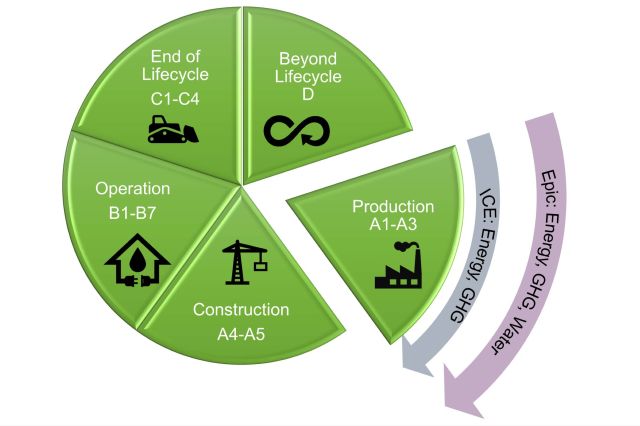
By Amalka Nawarathna, Ghada Karaki, Francisco Sierra, Alireza Moghayedi & Alice Moncaster (all at University of the West of England)
This short comparative review of two construction material databases explains their potential use for assessing embodied carbon to designers and practitioners not yet expert in the field. It introduces and examines the Australian Environmental Performance in Construction (EPiC) database (updated in 2024) and the UK Inventory of Carbon and Energy (ICE) which was significantly updated in 2019.
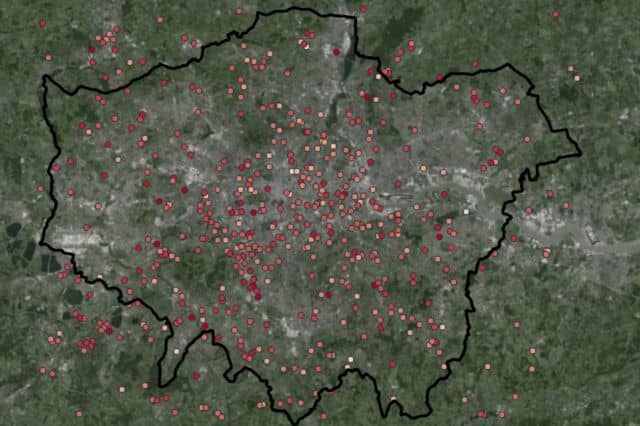
Looking forward: citizen science is changing the research landscape
Environmental data measured by the general public on their immediate local surroundings are providing new sources of fine-grained data in cities. Jonathon Taylor, Anna-Kaisa Viitanen & Alonso Espinosa (Tampere University) explain how this recent phenomenon can lead to a richer understanding of urban form, microclimates and environmental exposures.
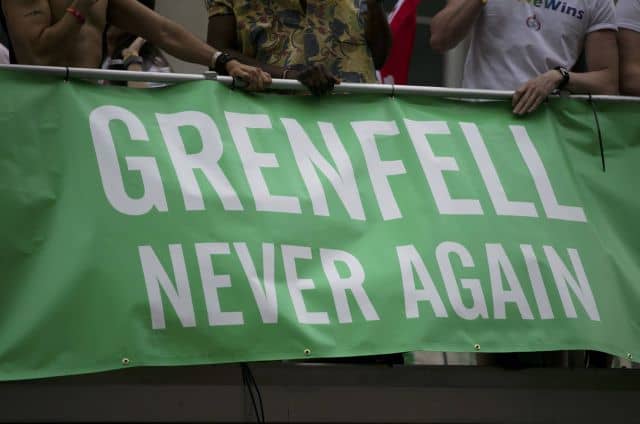
Challenges ahead: understanding and protecting the end-users of the built environment
The recent flammable cladding crisis has highlighted that inhabitants are not receiving the attention they deserve for better outcomes. Trivess Moore and David Oswald (both at RMIT University) explain why the research community needs to create a research agenda that focuses on the end-users of the built environment: their health, wellbeing, social value and lifestyle needs as well as the avoidance of risks, defects, natural hazards and stranded assets. This will give researchers greater influence on policy, practice and outcomes.
Latest Peer-Reviewed Journal Content
Positive energy districts and energy communities: how living labs create value
E Malakhatka, O Shafqat, A Sandoff & L Thuvander
Built environment governance and professionalism: the end of laissez-faire (again)
S Foxell
Co-creating justice in housing energy transitions through energy living labs
D Ricci, C Leiwakabessy, S van Wieringen, P de Koning & T Konstantinou
HVAC characterisation of existing Canadian buildings for decarbonisation retrofit identification
J Adebisi & J J McArthur
Simulation and the building performance gap [editorial]
M Donn
Developing criteria for effective building-sector commitments in nationally determined contributions
P Graham, K McFarlane & M Taheri
Reimagining circularity: actions for optimising the use of existing buildings
R Lundgren, R Kyrö, S Toivonen & L Tähtinen
Effective interdisciplinary stakeholder engagement in net zero building design
S Vakeva-Baird, F Tahmasebi, JJ Williams & D Mumovic
Metrics for building component disassembly potential: a practical framework
H Järvelä, A Lehto, T Pirilä & M Kuittinen
The unfitness of dwellings: why spatial and conceptual boundaries matter
E Nisonen, D Milián Bernal & S Pelsmakers
Environmental variables and air quality: implications for planning and public health
H Itzhak-Ben-Shalom, T Saroglou, V Multanen, A Vanunu, A Karnieli, D Katoshevski, N Davidovitch & I A Meir
Exploring diverse drivers behind hybrid heating solutions
S Kilpeläinen, S Pelsmakers, R Castaño-Rosa & M-S Miettinen
Urban rooms and the expanded ecology of urban living labs
E Akbil & C Butterworth
Living with extreme heat: perceptions and experiences
L King & C Demski
A systemic decision-making model for energy retrofits
C Schünemann, M Dshemuchadse & S Scherbaum
Modelling site-specific outdoor temperature for buildings in urban environments
K Cebrat, J Narożny, M Baborska-Narożny & M Smektała
Understanding shading through home-use experience, measurement and modelling
M Baborska-Narożny, K Bandurski, & M Grudzińska
Building performance simulation for sensemaking in architectural pedagogy
M Bohm
Beyond the building: governance challenges in social housing retrofit
H Charles
Heat stress in social housing districts: tree cover–built form interaction
C Lopez-Ordoñez, E Garcia-Nevado, H Coch & M Morganti
An observational analysis of shade-related pedestrian activity
M Levenson, D Pearlmutter & O Aleksandrowicz
Learning to sail a building: a people-first approach to retrofit
B Bordass, R Pender, K Steele & A Graham
Market transformations: gas conversion as a blueprint for net zero retrofit
A Gillich
Resistance against zero-emission neighbourhood infrastructuring: key lessons from Norway
T Berker & R Woods
Megatrends and weak signals shaping future real estate
S Toivonen
A strategic niche management framework to scale deep energy retrofits
T H King & M Jemtrud
Generative AI: reconfiguring supervision and doctoral research
P Boyd & D Harding
Exploring interactions between shading and view using visual difference prediction
S Wasilewski & M Andersen
How urban green infrastructure contributes to carbon neutrality [briefing note]
R Hautamäki, L Kulmala, M Ariluoma & L Järvi
Implementing and operating net zero buildings in South Africa
R Terblanche, C May & J Steward
Quantifying inter-dwelling air exchanges during fan pressurisation tests
D Glew, F Thomas, D Miles-Shenton & J Parker
Western Asian and Northern African residential building stocks: archetype analysis
S Akin, A Eghbali, C Nwagwu & E Hertwich

Latest Commentaries
Building-Related Research: New Context, New Challenges
Raymond J. Cole (University of British Columbia) reflects on the key challenges raised in the 34 commissioned essays for Buildings & Cities 5th anniversary. Not only are key research issues identified, but the consequences of changing contexts for conducting research and tailoring its influence on society are highlighted as key areas of action.
Lessons from Disaster Recovery: Build Better Before
Mary C. Comerio (University of California, Berkeley) explains why disaster recovery must begin well before a disaster occurs. The goal is to reduce the potential for damage beforehand by making housing delivery (e.g. capabilities and the physical, technical and institutional infrastructures) both more resilient and more capable of building back after disasters.